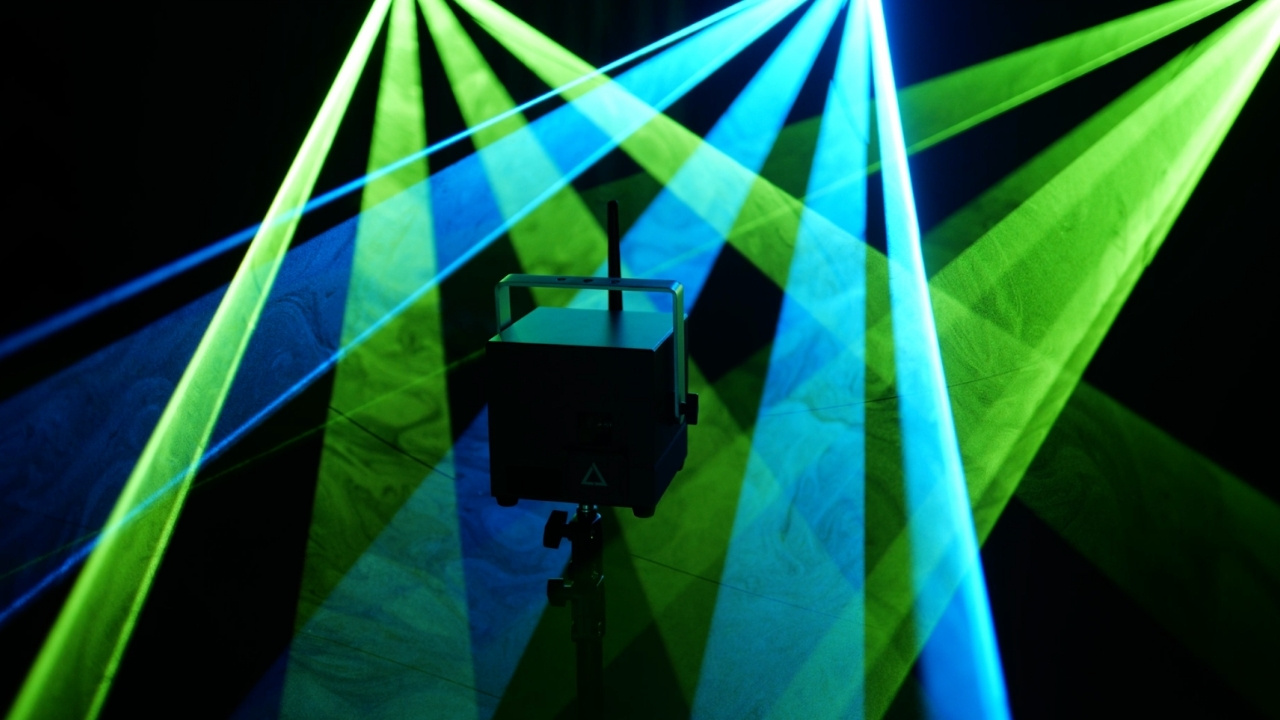
Laser light show projectors are more than just flashy gadgets at concerts and events. These devices use laser beams to create stunning visual displays, often synchronized with music. But how do they work? Laser light show projectors use precise mirrors and lenses to direct laser beams into intricate patterns and shapes. They can produce a wide range of colors and effects, making them a favorite for entertainment and artistic performances. Whether you're curious about the technology behind them or the safety measures in place, there's a lot to learn about these fascinating machines. Ready to dive into 31 intriguing facts about laser light show projectors? Let's get started!
What is a Laser Light Show Projector?
Laser light show projectors are devices that use laser beams to create stunning visual displays. These projectors are often used in concerts, festivals, and other large events to add a dynamic visual element. Here are some fascinating facts about these incredible devices.
-
Laser light show projectors use coherent light, meaning the light waves are in phase and travel in the same direction.
-
The first laser light show was performed in 1969 by artist Ivan Dryer, who used a helium-neon laser.
-
Laser projectors can produce a wide range of colors by combining red, green, and blue lasers.
-
These projectors can create both 2D and 3D images, adding depth to the visual experience.
-
Laser light shows are often synchronized with music, creating an immersive experience for the audience.
How Do Laser Light Show Projectors Work?
Understanding the mechanics behind these devices can be quite intriguing. They use a combination of lasers, mirrors, and computer software to create their mesmerizing effects.
-
Galvanometer scanners are used to direct the laser beams quickly and precisely.
-
The software used in laser projectors can control the speed, direction, and color of the laser beams.
-
Some advanced projectors use multiple lasers to create more complex and vibrant images.
-
Safety measures are crucial, as laser beams can be harmful to the eyes if not properly managed.
-
The power of the laser is measured in milliwatts (mW), with higher power allowing for brighter and more visible projections.
Applications of Laser Light Show Projectors
These projectors are not just for entertainment; they have a variety of applications in different fields.
-
In addition to concerts and festivals, laser projectors are used in planetariums to simulate stars and other celestial bodies.
-
They are also used in advertising, projecting logos and messages onto buildings and other surfaces.
-
Some theme parks use laser projectors in their nighttime shows to create magical experiences for visitors.
-
Educational institutions use laser projectors in lectures and presentations to make the content more engaging.
-
Laser projectors are also used in scientific research, particularly in fields like physics and chemistry.
Safety and Regulations
Given the power and potential hazards of laser projectors, safety and regulations are paramount.
-
The FDA regulates laser light shows in the United States to ensure they are safe for public use.
-
Operators must be trained and certified to handle laser projectors safely.
-
Safety goggles are often required for those working directly with laser projectors.
-
There are strict guidelines on the maximum power output of lasers to prevent accidental exposure.
-
Some countries have specific laws regarding the use of laser projectors in public spaces.
Technological Advancements
The technology behind laser light show projectors has evolved significantly over the years.
-
Modern projectors use solid-state lasers, which are more efficient and durable than older gas lasers.
-
Advances in computer software have made it easier to create complex and synchronized light shows.
-
Some projectors now come with built-in sensors to automatically adjust the laser beams for optimal performance.
-
Wireless technology allows for remote control of laser projectors, making them more versatile.
-
The development of portable laser projectors has made it easier to set up light shows in various locations.
Environmental Impact
Like all technology, laser light show projectors have an environmental footprint.
-
Solid-state lasers consume less power than older types, making them more energy-efficient.
-
Some projectors are designed to be more eco-friendly, using recyclable materials and energy-saving features.
-
The use of laser projectors can reduce the need for traditional lighting, which often consumes more power.
-
Proper disposal of old laser projectors is important to prevent environmental contamination.
-
Some companies are working on developing biodegradable components for laser projectors to further reduce their environmental impact.
-
The shift towards more sustainable practices in the production and use of laser projectors is a growing trend in the industry.
The Final Beam
Laser light show projectors are more than just flashy lights. They combine technology, art, and science to create stunning visual displays. From concerts to theme parks, these projectors have transformed entertainment. They use lasers to produce bright, colorful images that captivate audiences.
Understanding how they work can deepen your appreciation for these spectacles. Whether it's the precision of the lasers, the complexity of the software, or the creativity of the designers, each element plays a crucial role.
Next time you see a laser light show, you'll know a bit more about the magic behind the scenes. So, enjoy the show, and remember, there's a lot more to those beams of light than meets the eye.
Was this page helpful?
Our commitment to delivering trustworthy and engaging content is at the heart of what we do. Each fact on our site is contributed by real users like you, bringing a wealth of diverse insights and information. To ensure the highest standards of accuracy and reliability, our dedicated editors meticulously review each submission. This process guarantees that the facts we share are not only fascinating but also credible. Trust in our commitment to quality and authenticity as you explore and learn with us.
